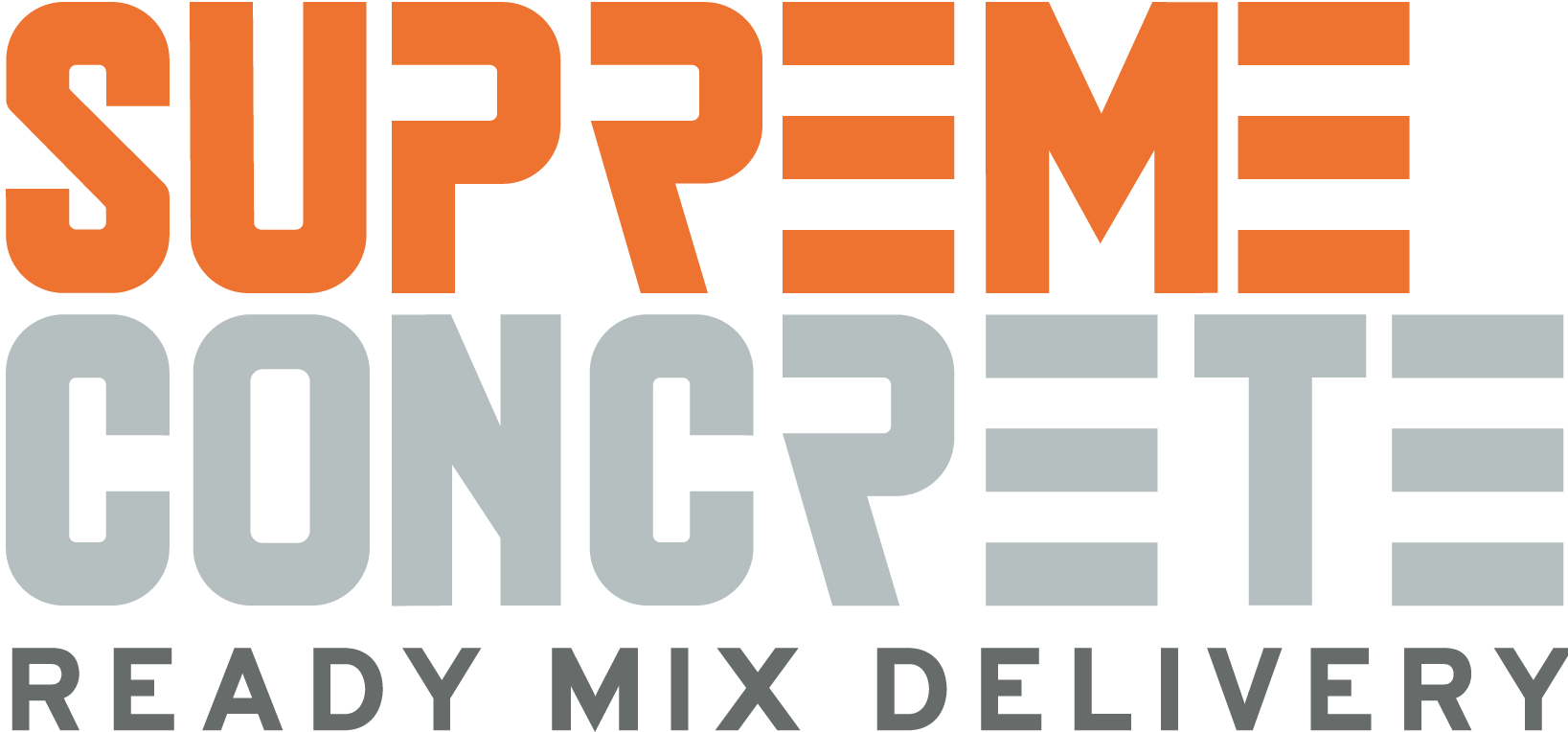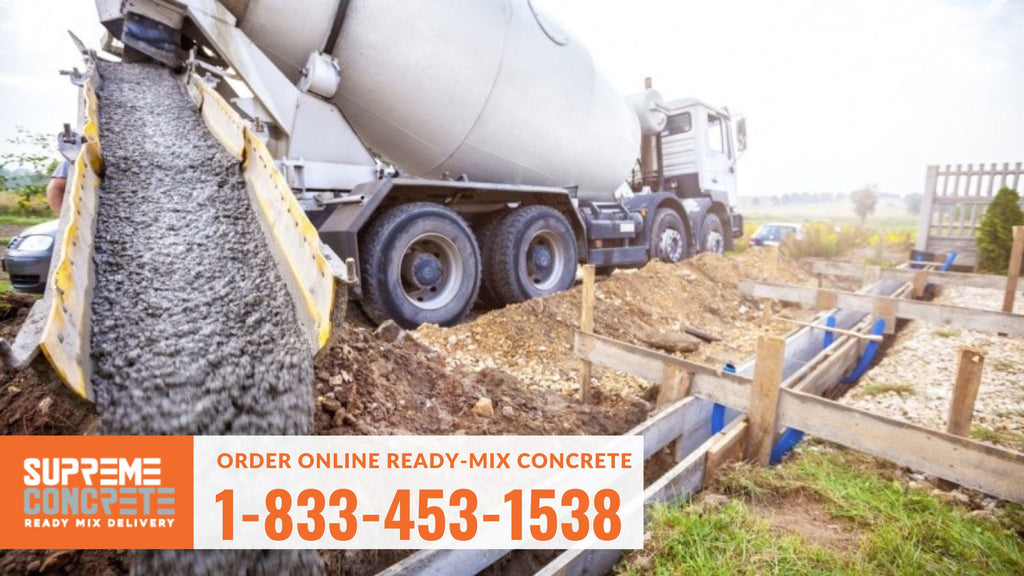Are you a contractor looking for concrete delivery for an upcoming project? Or maybe you're a homeowner interested in finding the best solution for your DIY needs? Either way, delivering and pouring concrete doesn't have to be difficult. In our latest blog post, we explore the comprehensive journey of concrete delivery from start to finish. Whether you're placing an order or getting hands-on with the pouring itself, all of the necessary information is right here! With helpful tips and tricks at every step of the process—from ordering through to product placement—this is your go-to resource for conquering even complex projects with ease.
Concrete Delivery: Understanding the Process of Placing an Order
Here is the place to be if you're thinking about ordering concrete delivery. When you have the appropriate information, the process won't be as difficult as it initially seems. Calculate how much concrete you'll need for your project first. Calculating the area's length, breadth, and thickness and entering those values into a concrete calculator can do this. Once you have that knowledge, you must speak with a nearby concrete supplier. Depending on how much concrete you need and where it needs to be delivered, they will be able to give you a quote. Ask about any additional fees or costs before placing your order. When it's time for delivery, be sure to leave a clear path so the concrete truck can pull in and unload its cargo. You can successfully supply concrete and complete your project by following these easy procedures.
Concrete Delivery: Preparing the Site and Groundwork
It's imperative to lay some fundamental groundwork before constructing your new building or structure. As part of this, work must be done to ensure easy access to the site, level the ground, and clean up the area by eliminating trash. You're setting the stage for a smooth delivery and installation experience by taking care of these details beforehand. To improve both functionality and aesthetics, you might consider enhancing the area even further by including extra features like landscaping, a gravel driveway, or a chic concrete pad. Whichever path you choose, keep in mind that some planning can help your new addition succeed.
The Journey of Concrete From Plant to Site
We frequently don't give the sidewalks and roads under our feet a second thought when we're out and about, whether we're walking or driving. But have you ever stopped to think about the work that went into making them? Concrete is an essential component that gives everything from tall skyscrapers to strong bridges resilience. Nevertheless, have you ever wondered how this concrete travels from the manufacturing plant to the construction site itself? It's a really exciting journey!
The process begins at the factory with the mixing of the materials, which are typically cement, water, and aggregates like sand and gravel. Once the mixture is perfect, trucks are loaded with the concrete and driven to the construction site. There, it is either carefully spread out in layers and allowed to solidify and strengthen over time, or it is carefully poured into molds to take shape. Realizing the complicated path that leads to something as deceptively straightforward as a sidewalk or road is incredibly intriguing. But without this amazing process, we wouldn't have the reliable infrastructure that we depend on every day.
Preparing the Area and Setting Up Proper Curing Conditions
Creating the ideal environment is essential for finding the ideal remedy. Preparing the place is the first step in this process. Make sure the space where you intend to cure your material is clean and clear of clutter first. This aids in preventing any undesirable particles from adhering to your substance while it is curing. After cleaning the space, it's time to provide ideal curing conditions. Usually, this entails regulating the temperature and humidity levels in the vicinity of the substance you're curing. You may control these variables to make sure that your material cures at the right rate and with the highest quality possible.
Pouring and Finishing the Concrete
The concrete pour and completion phase, one of the most thrilling in any building project, is now underway. This stage is essential to guaranteeing a sturdy and long-lasting finished result, whether you're building a patio, a garage, or the base for a skyscraper. To prevent cracking, the concrete must first be poured in a flat, properly spaced layer with sawed joints or dowel bars. The enjoyable part now begins: polishing the surface to give it the texture and appearance you want. This may entail trowel smoothing, pattern stamping, or even color-adding staining. You can transform your concrete from a plain slab into a genuine work of art by paying close attention to the little things and using a little imagination.
Curing and Sealing the Finished Product
Now that you've worked hard and diligently to produce a stunning final product, what should you do? To ensure the lifespan and durability of your work, it is critical to take the required curing and sealing steps. While sealing safeguards the surface and improves its look, curing enables moisture to escape and provides appropriate concrete hardening. Keep in mind how crucial it is to cure and seal your finished product properly. It is comparable to giving a masterpiece the finishing touches so that it will sparkle and endure for many years. As a result, give it the attention it deserves by taking your time.
It's clear that to achieve the best results from a concrete delivery, careful planning and preparation are key. Whether you’re an expert or just embarking on your concrete delivery journey for the first time, knowing who does what and when can help you make sure that things go smoothly throughout the entire process. Being mindful of what equipment to have ready, how much ground preparation is necessary, and when you need to use those finishing touches can be make-or-break decisions - but not if you know what to do ahead of time. Learning about the comprehensive journey of a concrete delivery can help you understand each step, Even more impressive is seeing it put into practice! So don’t wait: get started on your journey today!


